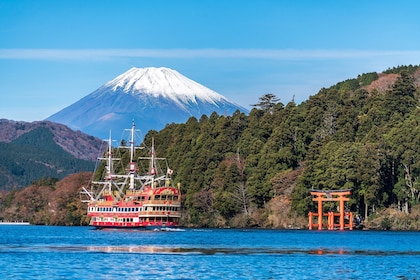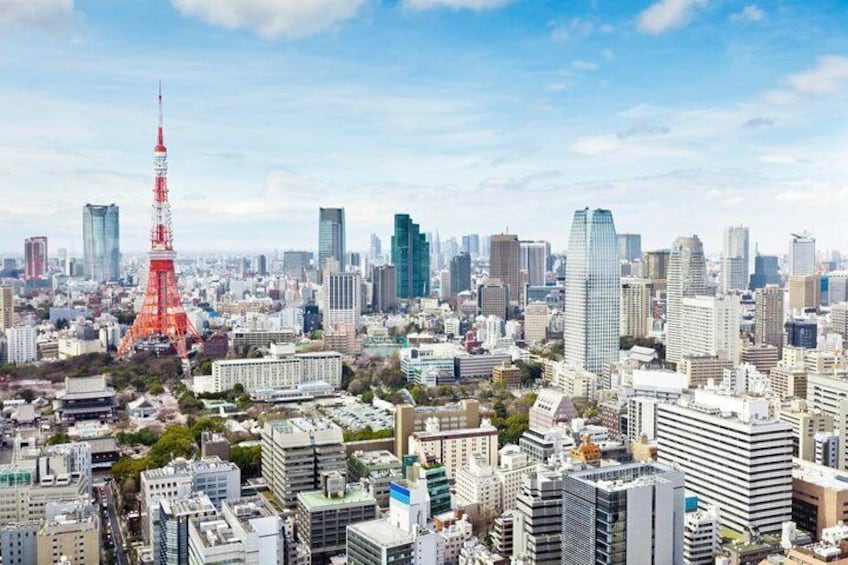
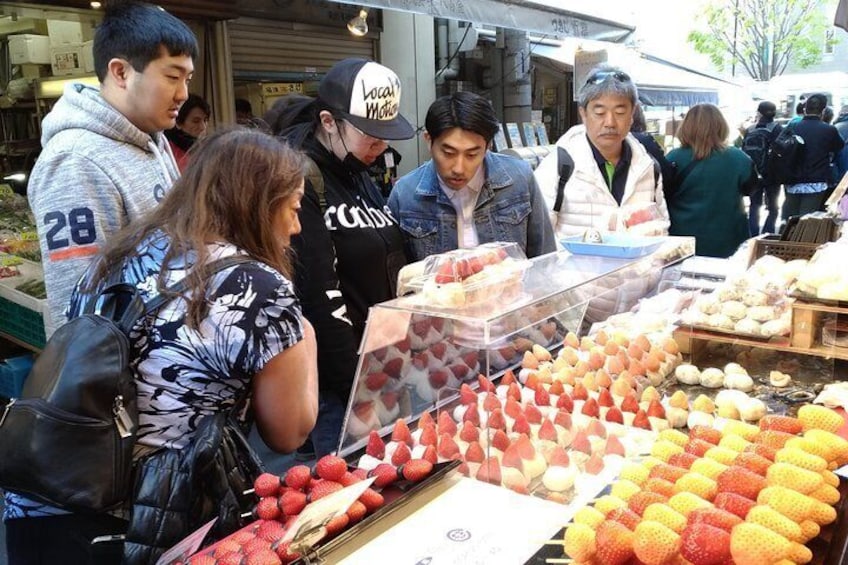
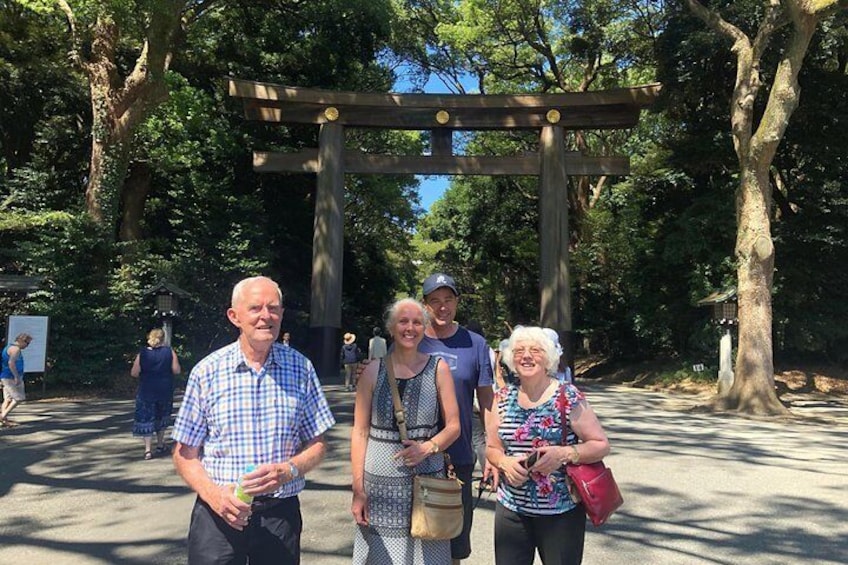

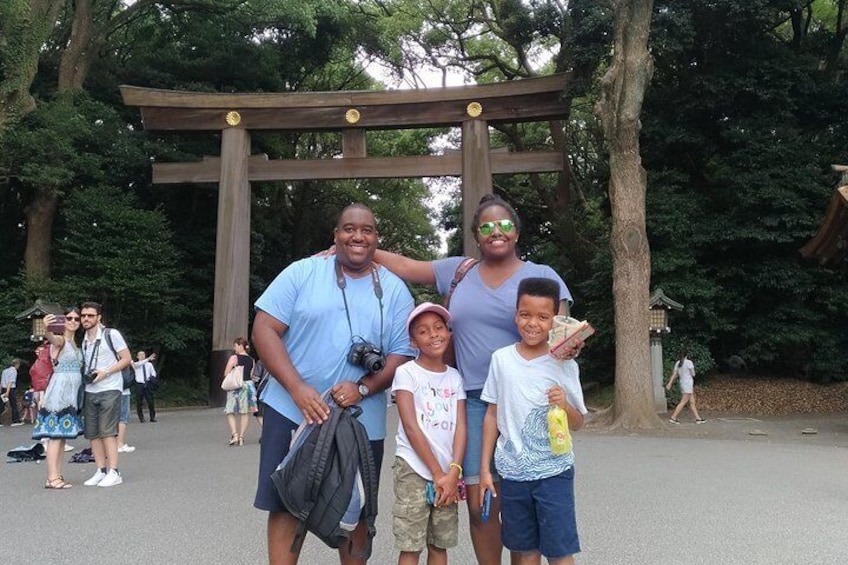
Tokyo 4hr Private Tour with Government-Licensed Guide
By Japan Guide Agency
9.8/10
9.8 out of 10Free cancellation available
Features
Overview
Activity location
Meeting/Redemption Point
Check availability
Tokyo 4hr Private Tour with Government-Licensed Guide
Pickup included
Price details
RM 905.88 x 1 AdultRM 905.88
Total
Until Mon, 7 Apr
What's included, what's not
Know before you book
- Wheelchair accessible
- Infants and small children can ride in a pram or stroller
- Service animals allowed
- Public transportation options are available nearby
- Transportation options are wheelchair accessible
- All areas and surfaces are wheelchair accessible
- Suitable for all physical fitness levels
- Tour dates can be changed up to 2 days before the tour. Any tour date change may result in a change of tour guide or tour unavailability.
- This is a walking tour. Pick up is on foot.
Activity itinerary
Location
Activity location
Meeting/Redemption Point
Other recommended activities

Tokyo Private Tour by Vehicle with English-Speaking Chauffeur
9h
10/10
(275)
Free cancellation available

2-Hour Genuine Samurai Experience: Kendo in Tokyo
2h
10/10
(14)
Free cancellation available

Tokyo downtown bicycle tour Tokyo Backstreets Bike Tour
4h
10/10
(23)
Free cancellation available
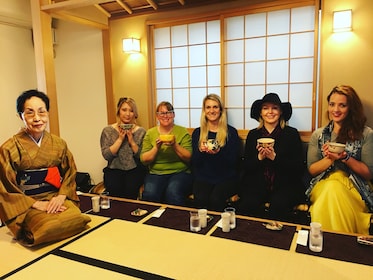
Old Town Tokyo (Yanaka) Food Tour
3h
Free cancellation available
Reviews
9.8/10
9.8 out of 106.0/10
6.0 out of 10Clare_F
Reviewed on Viator
31 Mar 2025
10.0/10
10.0 out of 10MERYL_R
Reviewed on Viator
29 Mar 2025
10.0/10
10.0 out of 10Helen_C
Reviewed on Viator
29 Mar 2025
10.0/10
10.0 out of 10Russel_K
Reviewed on Viator
26 Mar 2025
10.0/10
10.0 out of 10Wendy_W
Reviewed on Viator
23 Mar 2025
10.0/10
10.0 out of 10Jutta_W
Reviewed on Viator
22 Mar 2025
10.0/10
10.0 out of 10Lianna_R
Reviewed on Viator
20 Mar 2025
10.0/10
10.0 out of 10Victoria_G
Reviewed on Viator
20 Mar 2025
10.0/10
10.0 out of 10Mark_H
Reviewed on Viator
19 Mar 2025
10.0/10
10.0 out of 10ronald_d
Reviewed on Viator
8 Mar 2025
Best Deals on Things to Do
Experience the wonders of the world up close with great deals on things to do near and far. Expedia offers one-of-a-kind activities that allow you to explore Asakusa your way. Whether you love nature, culture, food or a bit of adventure, we have the perfect activity for you.
Top experiences in Asakusa
With so many things to do in Asakusa, planning the perfect day out may seem like a daunting task. Expedia is here to take the hassle out of finding the best attractions, tours and activities in Asakusa. Families, couples and business travellers can all find the perfect activity in Asakusa to create life-long memories with the help of Expedia.
Tell us how we can improve our siteShare feedback
